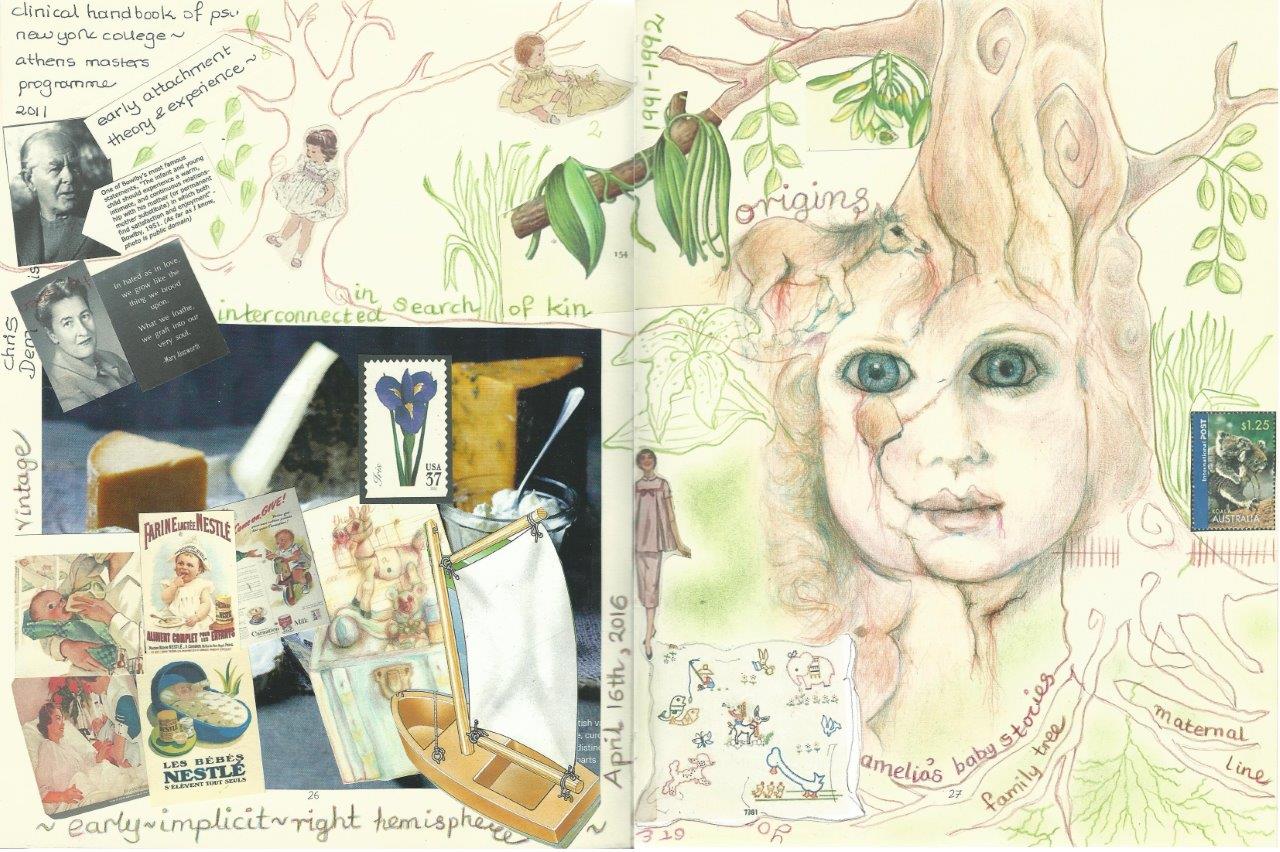A. Separations: Bowlby, as we have seen, was among the first to alert people to the potentially harmful effects of separations from parents, his work with James Robertson in the early 1950s convinced many people that placing a young child in a hospital with little parental contact caused the child great suffering, and over the years more and more hospitals have permitted mothers and fathers to room in with their young children. Bowlby’s work also has implications for adoption and foster placement. If we must move a baby from one home to another, we should consider the baby’s stage of attachment……… Between 6 months and 3 or 4 years, separations are likely to be most painful. During this time, children are intensely forming attachments and lack the independence and cognitive capacities to deal with separations in adaptive ways (Ainsworth, 1973, cited in William Crain, Theories of Development: Concepts and Applications, Chapter 3, p. 60, 5th edition, Pearson)
B. Thus, if at last we become really good at helping large numbers of people to the experience of intellectual satisfaction, we should have more freedom to turn to the development of human potentials of other kinds. Certainly it should not then be too hard – or too dangerous – to reinstate the human hand. And the probable result would be a vast release of creative energy. (Margaret Donaldson, Children’s Minds, Chapter 11, p. 135, Norton)


